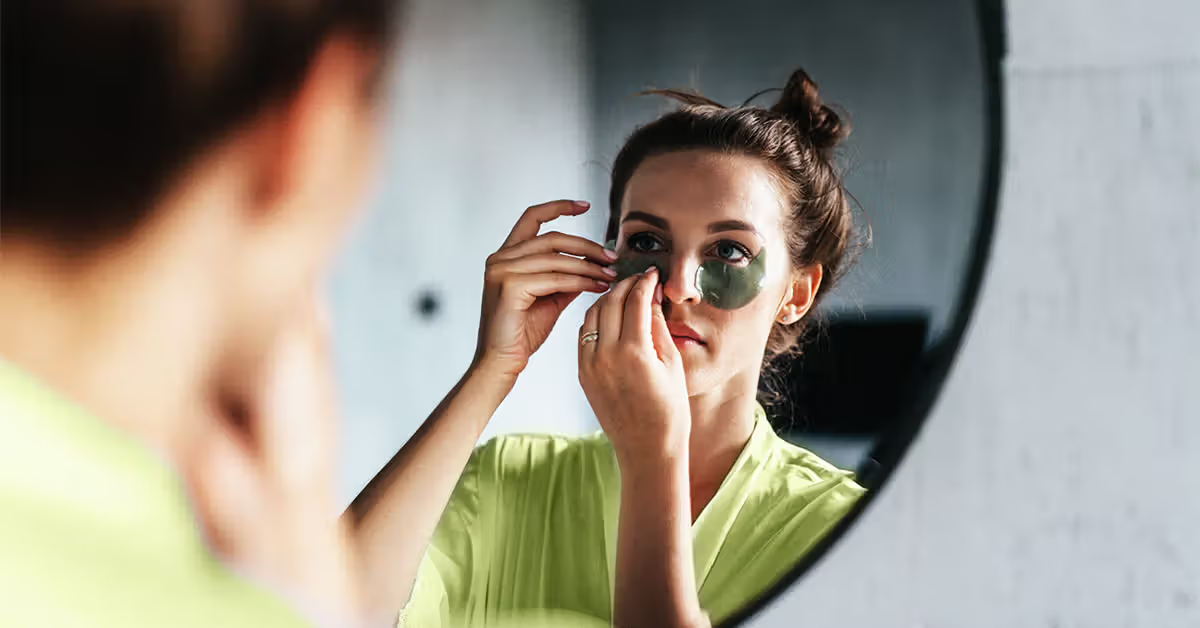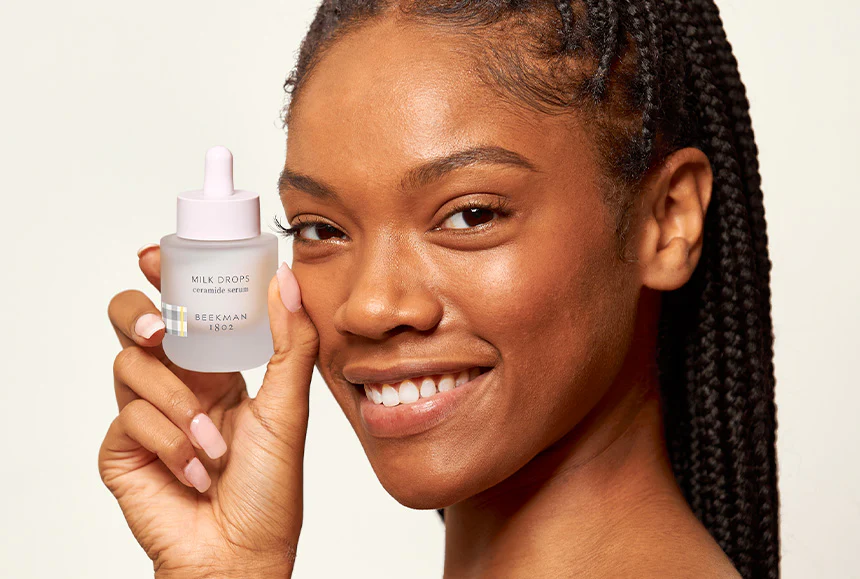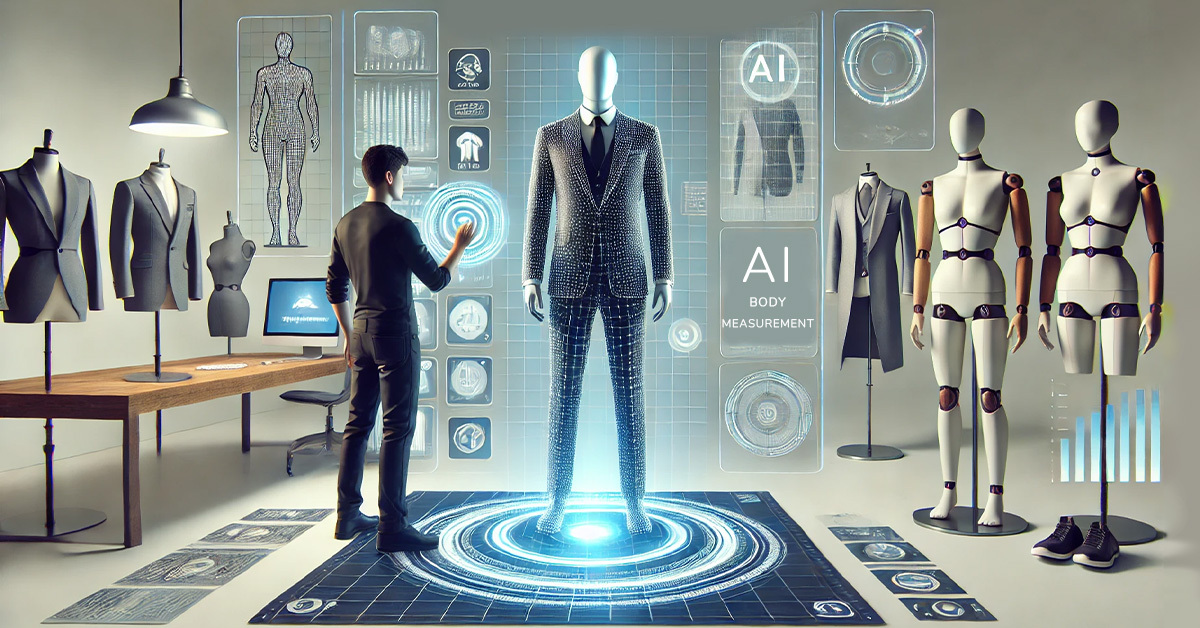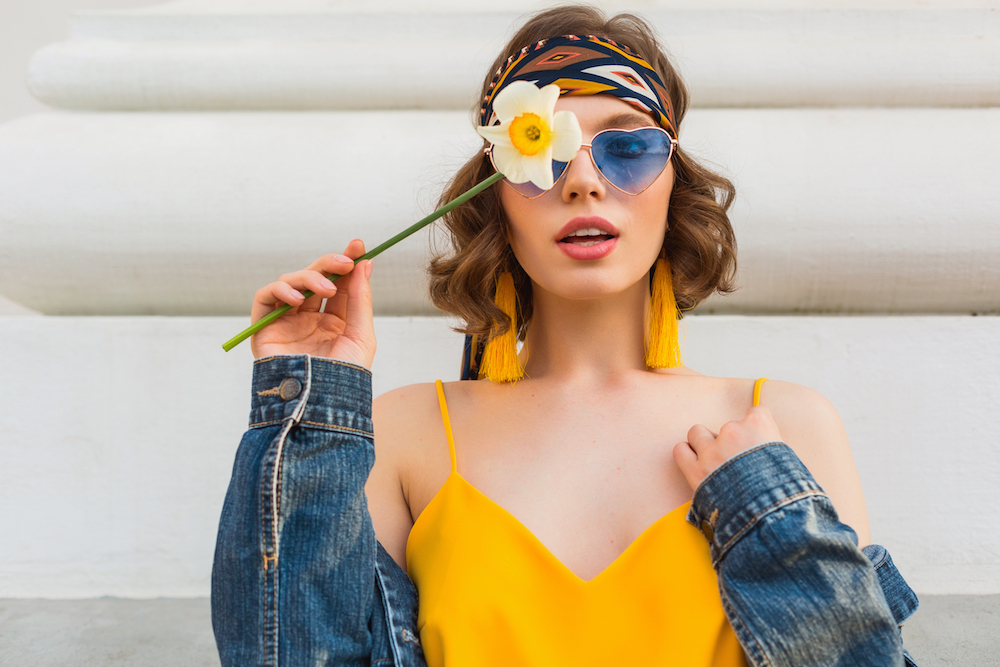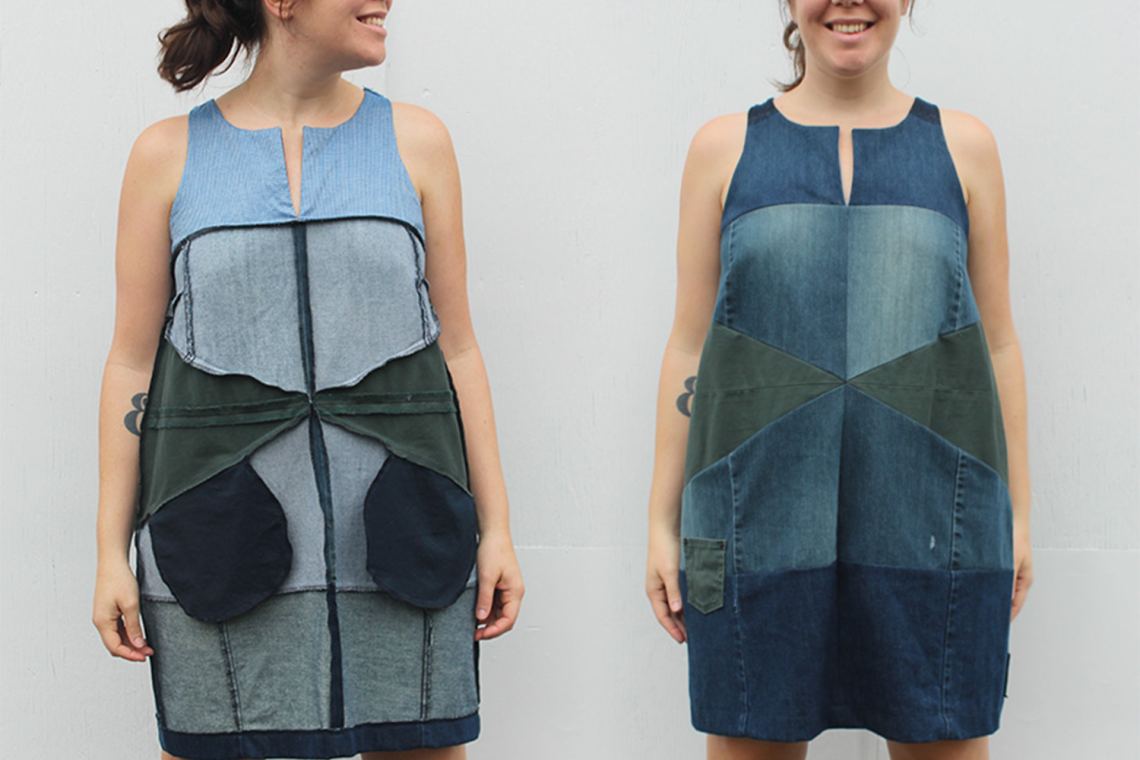The Plastic Problem in Your Makeup Bag
Plastic free cosmetics are beauty products that contain no plastic in their ingredients or packaging, using sustainable alternatives like glass, metal, paper, or biodegradable materials instead.
Quick Guide to Plastic Free Cosmetics:
- Look for the “Zero Plastic Inside” logo to ensure products are free from microplastics
- Choose products with sustainable packaging made from glass, metal, bamboo, or compostable materials
- Consider brands with sustainable packaging and clean ingredients
- Opt for solid beauty products like shampoo bars, solid moisturizers, and pressed powder makeup
- Support refillable systems that allow you to reuse the original container
The personal care and beauty industry produces more than 120 billion units of packaging every year globally, with most not being truly recyclable. In fact, 70% of the beauty industry’s waste comes from packaging alone. In 2025, the problem remains significant, with billions of units of rigid plastic still being created just for beauty and personal care products in the U.S.
“When we finded that almost all cosmetics contain microplastics, often in liquid form, even in clean beauty, we knew we had to create better options,” shares one sustainable beauty brand founder.
The good news is that a growing number of companies are reimagining how we package and formulate cosmetics. From solid lipsticks housed in paper tubes to refillable mascara systems that reduce carbon footprints by up to 78% after multiple uses, the options for conscious beauty lovers are expanding rapidly.
Whether you’re just starting your sustainable beauty journey or looking to complete your plastic-free vanity, this guide will help you find effective, beautiful products that don’t cost the earth.

Why Choose Plastic Free Cosmetics
Let’s face it—our makeup bags might be hiding a not-so-pretty truth. Behind those gorgeous compacts and sleek tubes lies an environmental challenge that’s getting harder to ignore. But why should we care about plastic in our beauty routine?
Environmental Impact of Cosmetic Packaging
When you bring home that new lipstick or foundation, you’re not just buying the product itself. You’re also bringing home its packaging—which often ends up in the trash after a single use.
“It all clicked: I’m creating unnecessary waste,” shares Ariana Storniolo, a former green beauty blogger who had an awakening when she saw how many unused products and packaging she’d accumulated through monthly beauty subscriptions.
The truth is sobering. About 70% of waste from the beauty industry comes from packaging alone. When that cute plastic compact hits the landfill, it might sit there for hundreds of years before breaking down. And when it finally does? It forms tiny microplastics that contaminate our soil, water, and even the air we breathe.
Marine creatures often mistake colorful plastic bits for food, leading to injury or death. Meanwhile, producing all this plastic packaging pumps greenhouse gases into our atmosphere, accelerating climate change.
Personal Health Benefits
Choosing plastic free cosmetics isn’t just good for the planet—it’s potentially better for your body too:
Your skin might thank you for reduced exposure to harmful chemicals like BPA and phthalates—endocrine disruptors that can leach from plastic packaging into products and potentially affect your hormonal health.
You’ll also limit your exposure to microplastics. While research is still developing on how these tiny particles affect our bodies, preliminary studies raise some concerns about their long-term impact.
Brands committed to plastic-free packaging often formulate with cleaner, more natural ingredients that tend to be gentler on sensitive skin.
As one happy customer put it: “I’m so impressed with my plastic-free products. I’ll never return to bottled hair products.” This sentiment reflects what many of us are finding—what’s good for Earth often feels better on our bodies too.
The Hidden Plastics in Your Makeup
While plastic packaging is obvious, many of us don’t realize that plastics lurk inside our makeup formulations too. These sneaky microplastics serve various functions:
Polyethylene gives products that smooth glide, while polypropylene adds bulk. Polymethyl methacrylate creates that blurring effect we love, and nylon delivers that silky texture.
According to research from the United Nations Environment Programme, these microplastics are too tiny to be filtered out during wastewater treatment. That means when you wash your face, these particles eventually find their way into oceans and waterways.
The Economic Perspective
With the U.S. beauty industry valued at approximately $39 billion, it has enormous power to drive change. By choosing plastic free cosmetics, you’re not just making a personal choice—you’re sending a clear message to manufacturers that sustainable packaging isn’t optional anymore; it’s expected.
We’ve noticed at Beyond Beauty Lab that more people are searching for information about clean beauty options and sustainable practices. This shift in what consumers want is gradually changing the industry from within.
The beauty of making this switch isn’t just about feeling good about your choices (though that’s a lovely bonus). It’s about recognizing that small changes in our daily routines can collectively create meaningful impact. When we choose products with sustainable packaging and clean ingredients, we’re voting for the kind of beauty industry we want to see—one that improves our appearance without compromising our planet’s health or our own.
Types of Plastic Free Cosmetics to Try

The beauty world is buzzing with exciting innovations in plastic free cosmetics. If you’re ready to green up your makeup bag, you’ll be delighted to find just how many wonderful options are now available. Let’s explore the different types of plastic-free beauty products that can transform your routine while helping the planet.
Solid Makeup Products
Remember when all makeup came in plastic bottles and tubes? Those days are changing fast! Solid makeup products are taking center stage in the sustainable beauty revolution, often eliminating the need for plastic containers entirely.
For foundation lovers, pressed powder options in sleek metal tins or beautiful bamboo compacts offer excellent coverage without the plastic. Foundation sticks housed in paper or cardboard push-up tubes provide the convenience you’re used to with none of the environmental guilt. Many of these solid foundations perform beautifully on skin while keeping plastics out of landfills.
“This stick is legit the best blush I’ve ever used,” raves one customer about a multi-use color product. “It goes on so easily, leaving my skin rosy pink and dewy. Plus, I have super sensitive skin and it doesn’t break me out.”
Blushes and bronzers have also gone solid, with pressed powder options in refillable metal pans becoming increasingly popular. Cream blush sticks wrapped in paper packaging add a gorgeous flush while multi-use color pots in glass containers let you add color to cheeks, lips, and eyes from a single product.
The eye area hasn’t been forgotten either. Pressed powder eyeshadows in metal pans, cream shadows in glass pots, eyebrow wax in compostable containers, and eyeliner pencils made with wood or bamboo barrels all offer plastic-free alternatives to conventional products.
Beyond their environmental benefits, solid makeup products often last longer than liquid formulations, travel without spilling (goodbye, ruined cosmetic bags!), and provide more concentrated formulas that give you better value for your money. Many are also designed for multiple uses, streamlining your routine and saving you money.
Refillable and Reusable Packaging
Perhaps the most exciting innovation in sustainable beauty is the rise of truly refillable systems. These clever designs typically feature durable primary containers made from materials like metal, glass, or high-quality recycled materials that are built to last for years.
Imagine buying a beautiful metal lipstick case just once, then simply popping in new color refills whenever you run out. Or picture a sleek compact that uses magnetic technology to hold interchangeable pans of different powder products. These aren’t futuristic concepts—they’re available right now!
One refillable mascara system reduces its carbon footprint by approximately 78% after 25 refills compared to conventional disposable tubes. That’s a remarkable improvement for a product most of us use daily.
Brands are getting creative with refillable options across all categories. Lipsticks come in metal cases with replaceable inserts, compacts feature magnetic palettes that hold refillable pans, mascaras offer durable outer tubes with replaceable inner cartridges, and even eyeliners now come with wooden pencils that accept replaceable leads.
“At a glance, the ‘Zero Plastic Inside’ logo immediately assures consumers that the product they are considering is free from harmful microplastic ingredients,” notes an industry expert. This certification is becoming increasingly important as we all seek greater transparency in our beauty choices.
Package-Free or Minimal Packaging Options
For the truly committed, “naked” products represent the ultimate in plastic free cosmetics. These innovative items come with minimal or no packaging at all.
Solid perfume bars that you simply rub on your skin eliminate the need for glass bottles and plastic sprayers. Makeup removing balms wrapped in compostable paper melt away the day’s makeup without leaving plastic waste behind. Some lip tints even come in soluble paper wrappers that disappear completely after use!
Alternative packaging materials are revolutionizing the industry too. Bamboo, which grows rapidly without pesticides, makes beautiful sustainable packaging. Recycled paper works wonderfully for outer packaging and product information. Some brands even use seed paper—packaging that can be planted to grow wildflowers after use!
Aluminum represents another excellent option, as it’s infinitely recyclable with 95% less energy than producing new aluminum. For products that do require containers, compostable options made from agricultural waste, mushroom-based packaging, or true plant-based bioplastics provide solutions that actually break down rather than lingering in landfills for centuries.
One particularly creative approach from a sustainable beauty brand involves “packaging in a tin container with a reusable bamboo palette and replaced with a refill shipped in seed paper, which can later be planted to grow wildflowers.” Imagine turning your empty makeup container into a mini wildflower garden!
The world of plastic free cosmetics continues to evolve and expand. Whether you’re just starting your sustainable beauty journey or looking to complete your plastic-free vanity, these innovative products prove that beauty doesn’t have to come at the planet’s expense. With each plastic-free purchase, you’re voting for a cleaner, greener beauty industry—and that’s truly beautiful.
How to Identify Plastic Free Cosmetics in the Market

Walking down the beauty aisle can feel like navigating a maze of green claims and eco-friendly promises. With so many brands jumping on the sustainability bandwagon, how can you spot truly plastic free cosmetics from clever marketing? Let’s break it down into practical advice you can use on your next shopping trip.
Understanding Certifications and Labels for Plastic Free Cosmetics
Think of certifications as your trusted friends in the sometimes confusing world of clean beauty. When you spot certain logos on packaging, you can breathe a little easier knowing someone has done the homework for you.
The ‘Zero Plastic Inside’ certification is your gold standard when shopping for plastic free cosmetics. This isn’t just a pretty logo—it represents rigorous testing and verification that confirms a product contains absolutely no microplastic ingredients. Good news for conscious shoppers: this certification is expanding in 2024 to cover more product categories including household items like laundry detergents and cleaning products.
“The so-called ‘NO List’ stands for carefully selected and verified ingredients,” one certified brand explains. This kind of transparency is exactly what we at Beyond Beauty Lab value—it empowers you to make choices aligned with both your beauty goals and environmental values.
Beyond this primary certification, keep an eye out for these trustworthy indicators:
The Plastic Free Trust Mark offers assurance that both the product and its packaging are plastic-free. Certified B Corporation status goes beyond environmental concerns to verify a company’s overall social responsibility. Cradle to Cradle certification recognizes products designed with circular economy principles, while a 1% For The Planet membership shows a brand’s commitment to giving back.
Tips for Reading Plastic Free Cosmetics Ingredients
Let’s face it—deciphering ingredient lists can feel like reading a foreign language. Microplastics often hide behind scientific names that don’t scream “plastic” to the average shopper.
When scanning ingredients, be wary of terms like Polyethylene (PE), Polypropylene (PP), and Polymethyl methacrylate (PMMA). These are common microplastics that have no place in truly sustainable formulations. Also watch for any ingredient starting with “PEG” followed by a number—these are typically plastic-based.
Feeling overwhelmed? You’re not alone. That’s why we’ve created resources to help you read clean beauty ingredients like a pro. Technology can be your ally too—apps like Beat the Micro Bead, Codecheck, and ToxFox can quickly analyze products while you shop, flagging concerning ingredients with a simple barcode scan.
The packaging itself often tells a story about a brand’s commitment to sustainability. Look for clear statements about plastic-free materials and detailed information about how to recycle or compost the container when you’re finished. The best plastic free cosmetics brands are transparent about their packaging choices and often offer refill programs to minimize waste even further.
As Amanda E., a devoted sustainable beauty shopper, shares: “Dancing Barefoot’s definitely my go-to shop as has makeup, bath, hair and skin products and not a single scrap of plastic packaging!” Finding brands with this level of commitment can simplify your shopping experience tremendously.
Identifying truly plastic free cosmetics becomes easier with practice. Soon you’ll be spotting genuine products from greenwashed imposters without breaking a sweat—and your vanity (and the planet) will thank you for it.
Benefits of Using Plastic Free Cosmetics
When you switch to plastic free cosmetics, you’re doing so much more than just updating your makeup bag. The benefits ripple outward, touching everything from our oceans to your own health. Let’s explore why making this switch is worth every effort.
Environmental Benefits
Every time you choose a plastic-free lipstick or shampoo bar, you’re helping tackle that mountain of 120 billion packaging units the beauty industry churns out yearly. It’s a small choice with big impact.
Think about it: that plastic mascara tube might give you gorgeous lashes for a few months, but it’ll hang around in a landfill for hundreds of years afterward. By contrast, a mascara in aluminum packaging can be recycled infinitely, using 95% less energy than creating new aluminum.
“I started with just one plastic-free product, and now my bathroom is almost entirely plastic-free,” shares Maya, a Beyond Beauty Lab community member. “Seeing how little waste I produce now compared to before is incredibly satisfying.”
When your beauty products don’t contain microplastics (those tiny plastic particles hidden in many formulations), you’re also helping keep our water systems cleaner. These particles are so small they slip right through wastewater treatment filters and end up in rivers and oceans, where they’re ingested by marine life and eventually make their way up the food chain – possibly even to your dinner plate.
The materials used in plastic free cosmetics tend to have lighter environmental footprints too. Bamboo grows like crazy without pesticides, paper can come from sustainably managed forests, and glass can be endlessly recycled without losing quality.
Personal Health Advantages
What’s good for the planet is often good for your body too. Many brands committed to plastic-free packaging also prioritize cleaner, more natural formulations.
“I switched to plastic-free products because of environmental concerns, but I’ve stayed because my skin has never looked better,” explains Elise, who struggled with sensitivities to conventional products.
When you choose products with the “Zero Plastic Inside” logo, you’re avoiding potentially harmful ingredients like polyethylene and other microplastics that may accumulate in your body over time. And since many plastic-free brands focus on natural ingredients, you’re often exposed to fewer synthetic chemicals that might trigger irritation or allergic reactions.
There’s also growing concern about chemicals leaching from plastic packaging into products – particularly oils and creams that can break down plastic over time. Glass, metal, and paper packaging eliminate this risk entirely.
Beyond the immediate benefits, there’s peace of mind in knowing you’re reducing your exposure to substances whose long-term effects aren’t fully understood yet. We’re still learning about how accumulated microplastics might affect human health, but why not minimize your exposure when beautiful alternatives exist?
Economic and Social Impact
Your purchasing decisions are powerful. When you buy plastic free cosmetics, you’re essentially voting for the kind of world you want to live in.
Those dollars support innovators developing new sustainable packaging solutions and help make these alternatives more affordable through increased demand. You’re funding research into compostable materials, refill systems, and other creative approaches to beauty that don’t cost the earth.
Many plastic-free brands are small businesses founded by passionate entrepreneurs who prioritize ethics alongside aesthetics. Supporting them helps create a more diverse, values-driven beauty industry.
There’s also a wonderful community aspect to sustainable beauty. People share tips, celebrate wins, and support each other through challenges. At Beyond Beauty Lab, we’ve seen how this community connection accelerates positive change as knowledge spreads and collective action grows.
“Finding other people who care about reducing plastic waste has been so motivating,” says Jamie, who participates in our online discussions. “We swap product recommendations and celebrate each other’s sustainable choices.”
The beauty of choosing plastic free cosmetics is that the benefits compound over time. Each purchase reinforces your commitment, inspires others, and signals to the industry that sustainable packaging isn’t just nice to have – it’s essential for our shared future.
Tips for Transitioning to a Plastic Free Beauty Routine

Making the switch to plastic free cosmetics doesn’t need to happen all at once. In fact, a gradual, thoughtful approach often leads to more sustainable habits that stick around for the long haul. Think of it as a beauty evolution rather than a revolution!
Starting with Small Changes in Your Plastic Free Cosmetics
The journey to a plastic-free vanity begins with a single step—or in this case, a single product. Start by looking at what you use every single day. These daily staples have the biggest environmental impact simply because you go through them more quickly.
Your daily cleanser or moisturizer makes an excellent first switch. Solid cleansing bars last significantly longer than their liquid counterparts and often come wrapped in paper rather than packaged in plastic. Glass-jarred moisturizers not only look neat on your counter but can often be repurposed once empty.
“I remember feeling so overwhelmed at first,” shares Monica, a Beyond Beauty Lab community member. “Then I decided to just replace one thing at a time as I ran out of products. Six months later, I was shocked to realize almost everything on my bathroom shelf had changed!”
Taking a category-by-category approach works wonders for many people. You might focus on skincare for a month, then tackle makeup the next. This method prevents the common pitfall of buying too many new products at once—something that can lead to waste if the new items don’t work for you.
Using what you already own is perhaps the most sustainable choice of all. That half-empty plastic-packaged moisturizer? Use it up completely before making the switch. While you’re finishing your conventional products, you can research alternatives and even request samples before committing to full-sized plastic free cosmetics.
Multi-tasking products deserve special attention in your transition. A single glass pot of tinted balm that works on lips, cheeks, and even eyelids replaces three separate plastic-packaged products. As one delighted customer told us, “This color stick is seriously magical—it’s replaced half my makeup bag and looks more natural than anything I used before!”
Proper Disposal and Recycling
What happens to all those conventional products as you transition? Responsible disposal matters just as much as your new purchases.
Beauty packaging recycling can be confusing. That tiny symbol on the bottom of your foundation bottle doesn’t always tell the whole story. Before tossing anything into your recycling bin, check your local guidelines—many municipalities have specific rules about cosmetic packaging.
“I was shocked to learn my city doesn’t accept small plastic items like lipstick tubes in curbside recycling,” shares Jamie, another community member. “Now I collect them for special recycling programs instead.”
Several brands and organizations have stepped up to address hard-to-recycle beauty packaging. Specialized recycling programs focus exclusively on beauty packaging. Some department stores and beauty retailers also offer collection points for empty containers regardless of brand.
Before recycling, make sure containers are completely empty. That last bit of foundation stuck to the sides? Add a drop of micellar water, shake it up, and use every last drop. Then clean the container thoroughly—residual product can contaminate recycling batches.
Don’t overlook the upcycling potential of your empties. Those amber glass serum bottles make perfect travel containers for facial oils. Sturdy jars can organize everything from bobby pins to paper clips. Beauty packaging often features some of the most durable materials in our homes—designed to protect delicate formulations through shipping and storage.
Brands embracing circular systems deserve your support. “When I finded I could mail back my empty mascara tube for a discount on my next purchase, it felt like a no-brainer,” says Tina. “The company even shared how they sanitize and reuse the components!”
DIY Alternatives and Minimalist Approaches
Sometimes the most sustainable option is making your own products or simply using fewer of them.
DIY beauty doesn’t have to be complicated. A simple oil cleanse with organic olive oil in a glass bottle removes makeup beautifully while nourishing skin. Kitchen ingredients like honey, yogurt, and avocado make effective masks without any packaging waste. For body scrubs, mixing sugar with a bit of coconut oil works wonders—and you can store it in a repurposed jar.
“I was skeptical about homemade options until I tried a simple honey mask,” admits Carlos. “My skin looked better than after using my expensive packaged mask, and I felt good knowing exactly what I was putting on my face.”
The minimalist approach asks an important question: how many products do you truly need? The beauty industry thrives on convincing us we need separate products for every concern, but many of us find we look and feel better when we simplify.
Consider which products make the biggest difference in your routine. Maybe your skin glows with just a good cleanser, moisturizer, and sunscreen. Perhaps a tinted moisturizer, mascara, and lip balm are all you need to feel polished. These core products are worth investing in high-quality plastic free cosmetics versions.
At Beyond Beauty Lab, we believe beauty should improve your life, not complicate it or harm the planet. Sometimes the most beautiful choice is the simplest one—fewer products in sustainable packaging, used mindfully and with joy.
Your individual choices create ripples. Every time you choose a plastic free cosmetics option, you’re sending a message to brands that sustainability matters to you. As more of us make these choices, together we drive innovation toward a cleaner, more beautiful future.
Frequently Asked Questions about Plastic Free Cosmetics
What are plastic free cosmetics, and why are they important?
When we talk about plastic free cosmetics, we’re referring to beauty products that have eliminated plastic from both their formulations and packaging. Think glass jars of cream blush, cardboard tubes of lipstick, and solid shampoo bars wrapped in paper.
These products matter more than you might think. Every year, the beauty industry produces a staggering 120 billion packaging units worldwide. That’s a mountain of waste that mostly ends up in landfills or, worse, our oceans.
“I never realized how much plastic I was bringing into my bathroom until I emptied my makeup bag and counted 23 separate plastic containers,” shares Maya, a Beyond Beauty Lab reader who recently made the switch to plastic-free options.
Beyond the visible waste, plastic free cosmetics help protect marine life from ingesting microplastics, reduce your exposure to chemicals that can leach from plastic packaging, and often use renewable materials that require less energy to produce. As one industry expert puts it: “At a glance, the ‘Zero Plastic Inside’ logo immediately assures consumers that the product they are considering is free from harmful microplastic ingredients, addressing a common concern in the cosmetics industry.”
How can I identify plastic free cosmetics when shopping?
Spotting truly plastic free cosmetics takes a bit of detective work, but it gets easier with practice.
When examining packaging, look for materials you can feel good about—glass jars, metal tins, paper boxes, bamboo containers, or certified compostable materials. Be wary of vague terms like “eco-friendly” without specific details. Instead, look for clear statements about plastic-free materials or, better yet, third-party certifications.
The trickier part is identifying hidden plastics in the actual formula. Many conventional beauty products contain microplastics like polyethylene (PE), polypropylene (PP), and nylon that wash down our drains and into waterways. To avoid these:
- Check for the “Zero Plastic Inside” certification
- Use helpful apps to scan products while shopping
- Become familiar with common microplastic ingredients (anything with “poly” is usually a red flag)
- Choose products with natural alternatives like plant-based thickeners and mineral exfoliants
“I keep a small cheat sheet in my wallet with microplastic names to avoid,” says Jamie, a longtime Beyond Beauty Lab community member. “It seemed overwhelming at first, but now spotting those ingredients is second nature.”
What are the benefits of switching to plastic free cosmetics?
Making the switch to plastic free cosmetics creates ripples of positive change that extend far beyond your bathroom shelf.
For our planet, every plastic-free purchase means one less container in landfills and oceans. It represents a lower carbon footprint, fewer fossil fuels consumed for plastic manufacturing, and often supports sustainable farming practices for natural ingredients.
For your personal wellbeing, these products typically contain fewer synthetic chemicals and potential hormone disruptors. Many people with sensitive skin find that more natural formulations cause less irritation. “My rosacea flare-ups have decreased dramatically since switching to plastic-free, minimal-ingredient products,” notes Sophia, who shared her story with us.
There’s also something deeply satisfying about aligning your purchases with your values. Each time you choose a shampoo bar over a plastic bottle or a cardboard-packaged lipstick over a conventional one, you’re voting for the kind of world you want to live in.
The social impact shouldn’t be overlooked either. Your choices support innovative companies pioneering sustainable solutions and contribute to a growing demand that encourages larger brands to change their practices. As one satisfied customer put it: “Delighted with my first order from a sustainable beauty brand. Really happy to support a company committed to plastic-free products, received great service and excellent products. Thank you!”
Are plastic free cosmetics as effective as conventional ones?
This is the million-dollar question, isn’t it? We all want to do better for the planet, but not at the expense of products that actually work.
The good news is that today’s plastic free cosmetics often perform beautifully. Natural ingredient technology has advanced significantly in recent years, with formulators finding plant-based alternatives that match or exceed the performance of synthetic options.
“This multi-use stick is legit the best blush I’ve ever used. It goes on so easily, leaving my skin rosy pink and dewy,” raves one converted customer. Many solid products actually outperform their liquid counterparts in versatility and longevity—one solid shampoo bar can last as long as three bottles of liquid shampoo.
That said, be prepared for an adjustment period. Your hair might need a few washes to adapt to a shampoo bar after years of conventional products. Your skin might take time to adjust to oil cleansing instead of foaming face wash. These transitions are normal and usually temporary.
At Beyond Beauty Lab, we’ve found that patience during this adjustment phase almost always pays off. After a few weeks, many people couldn’t imagine going back to their plastic-packaged products—not just because they feel good about reducing waste, but because they genuinely prefer how these products perform.
Conclusion

The journey to accept plastic free cosmetics isn’t just about following a trend—it’s about making conscious choices that benefit both ourselves and our planet. Throughout this guide, we’ve seen how the beauty industry’s 120 billion units of packaging annually creates an environmental burden that’s becoming impossible to ignore.
When you choose that glass-packaged serum or cardboard-encased lipstick, you’re doing so much more than simply buying makeup. You’re sending a powerful message to beauty brands that sustainable packaging isn’t optional anymore—it’s essential. You’re showing that beauty and environmental responsibility can go hand in hand.
I’m genuinely excited about how quickly the landscape is changing. Just a few years ago, finding truly plastic free cosmetics meant compromising on performance or paying premium prices. Today, the options are not only more abundant but also more innovative than ever. From clever solid formulations that outperform their liquid counterparts to ingenious refillable systems that reduce waste by up to 78%, sustainable beauty is becoming both accessible and effective.
“I never thought I’d prefer a shampoo bar to my fancy bottled shampoo, but here I am, three months in and never looking back,” shared one of our readers recently. These small findies and transitions are what make the sustainable beauty journey so rewarding.
Here at Beyond Beauty Lab, we believe in progress over perfection. No one transitions to a completely plastic-free routine overnight, and that’s perfectly okay. Each plastic-free choice you make—whether it’s switching to a bamboo toothbrush or choosing a refillable compact—creates ripples of positive change.
Sustainability is a journey, not a destination. As one of our favorite sustainability advocates puts it, “The path to a plastic-free life should feel like an trip, not a punishment.” Celebrate your wins, learn from your experiences, and keep moving forward at your own pace.
We’re committed to continuing this journey alongside you, providing the resources and information you need to make informed choices. Our team at Beyond Beauty Lab is constantly researching and testing new plastic free cosmetics options to share with our community.
I invite you to explore our additional resources on eco-friendly products as you continue your sustainable beauty journey. Together, we’re redefining beauty as something that improves not just our appearance, but the health of our shared environment.
The future of beauty is conscious, clean, and wonderfully plastic-free. And from where I’m standing, it looks absolutely beautiful.
Example of gibberish text (for demonstration only): yqweht sjkwl 9023rkl mnvbj eqpo x9w3z r122i jhgfd iuy23 bcx.


